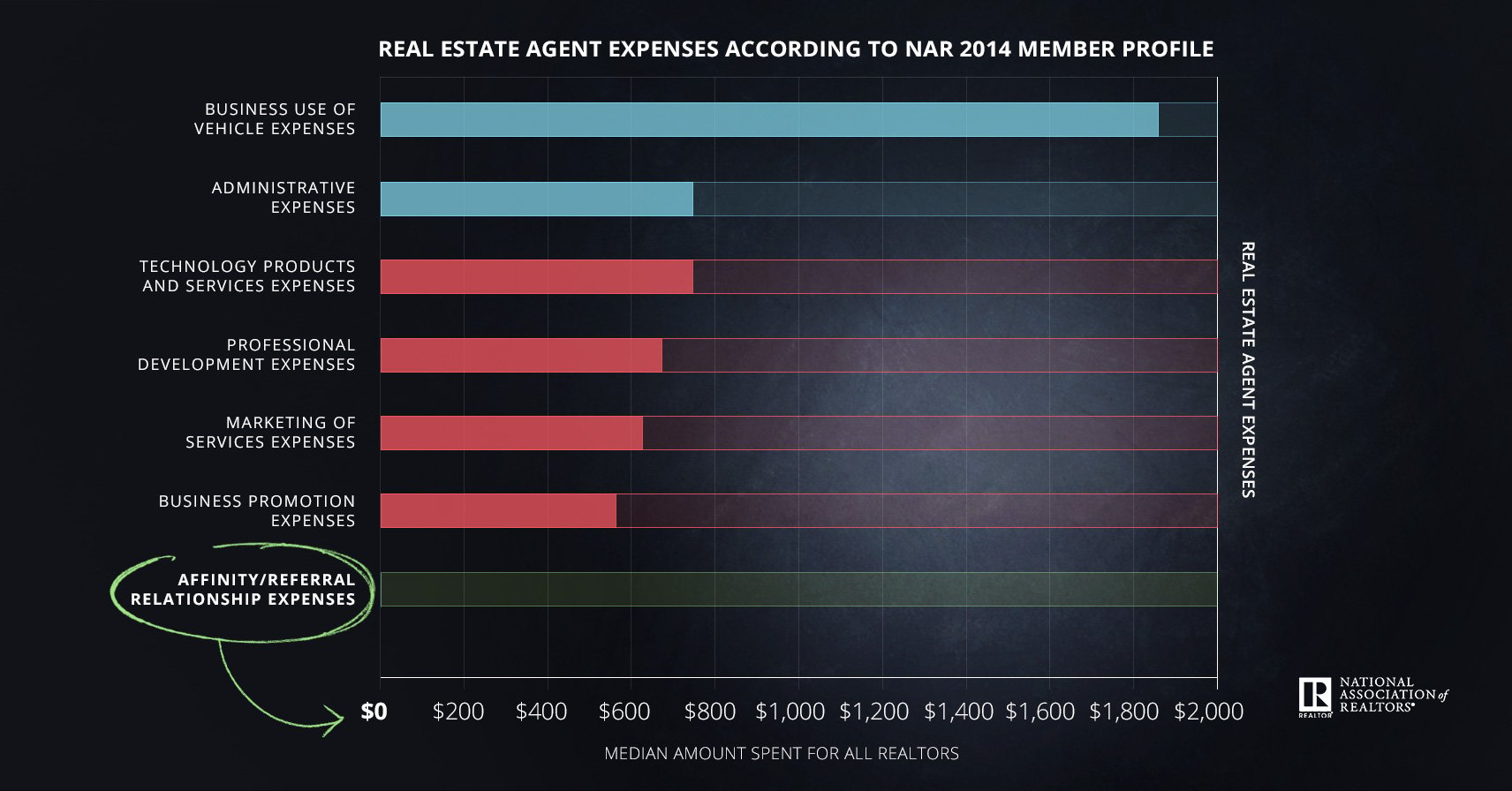- A marketing plan is essential to the success of any real estate agent.
- Determine strengths, weaknesses, opportunities and threats (SWOT) to develop SMART (specific, measurable, attainable, relevant, time-bound) goals.
- Don't forget about retention. Past clients are your best source for future business.
As the saying goes, failing to plan is planning to fail. That is especially true when it comes to your marketing plan.
Too many agents come into the business with visions of getting rich — only to discover that they have no idea how to attract clients. Even a lot of seasoned agents struggle with their marketing because they don’t know what to do, other than what they’ve always done.
The best way to avoid this is to create a stellar marketing plan.
So what should you include in your marketing plan?
That will depend on a variety of factors. Although there are templates you can follow, each situation is unique. That being said, here are a few things every good marketing plan should include.
1. A situational analysis
There are many factors that will influence what will and won’t work for your business. Some are external, such as the market conditions or the competition you face in your area. Others, like your experience and personality, are internal.
When you have a picture of these factors, you can plan accordingly. That’s where a situational or SWOT (strengths, weaknesses, opportunities and threats) analysis comes in. Here’s how to do it.
Make a two by two grid. And label it like this.
 The columns separate positives and negatives. The rows show internal versus external factors.
The columns separate positives and negatives. The rows show internal versus external factors.
Now list everything you can think of for these categories, and use that as your guide for planning your tactics. Your goal is to maximize the positive while offsetting the negative.
2. Specific objectives
Getting more clients or closing more deals is not a specific objective. Sure, it’s what you want to do, but it doesn’t provide any direction for your planning. Spend a little time to develop SMART (specific, measurable, attainable, relevant, time-bound) goals around your SWOT analysis.
For instance, let’s say you determine that your competition has a stronger online presence and better resources than you, but you have larger network of contacts.
You might want to focus more on getting referrals over Internet leads. A SMART goal could be to increase the number of referrals you generate by 20 percent over the previous year or quarter.
3. A clearly defined measure of success
You could argue that this is the M in SMART goals and really belongs with the section above. But that’s really only half of it.
It’s easy enough to measure how many referrals you get in one year verses the previous year. But how effectively are your tactics contributing to that? Can you identify areas of improvement?
Maybe you get plenty of leads, but they don’t convert. That requires a different fix than not being able to get enough leads to begin with.
You also want to make sure that you can see the forest through the trees. Let’s say you hit your goal of getting 20 percent more referrals. Your marketing was a success, right?
Maybe. But maybe not. If you spent more money (don’t forget to factor in the cost of your time) getting those clients than you gain from them, then it’s not the success you thought.
These are just a few of the metrics to consider when planning and evaluating your marketing efforts:
- Cost per lead (how much you spend to get a lead)
- Cost per acquisition (how much you spend to acquire a client)
- Client lifetime value (how much revenue that client will bring you throughout your relationship)
- Close rate (the percentage of leads that convert into paying clients)
- Time to close (how long it takes to transition a lead into a client)
You’ll want to monitor these metrics by campaign and channel as well as overall to get a complete picture of your marketing.
4. A plan for retention
Forgetting about current clients is one of the biggest and most widespread mistakes real estate agents make. Happy, engaged clients give you repeat business and referrals.
Yet according to National Association of Realtors, Realtors don’t invest any money on cultivating affinity or referral relationships.

You should treat your clients like gold because they are the lifeblood of your business. More buyers and sellers use an agent they already know or were referred to than any other method, including direct mail, newspaper ads, yellow pages ads and websites combined.
Remember, a marketing plan is just that, a plan. It’s important to be adaptable when situations or market conditions change or new opportunities arise.
You also want to revisit and adjust your plan periodically to optimize what’s working and what isn’t. Then you’ll be in your way to achieving your goals.
Sean Kirby is copywriter for ReminderMedia. Follow them on Twitter and connect on Facebook.









